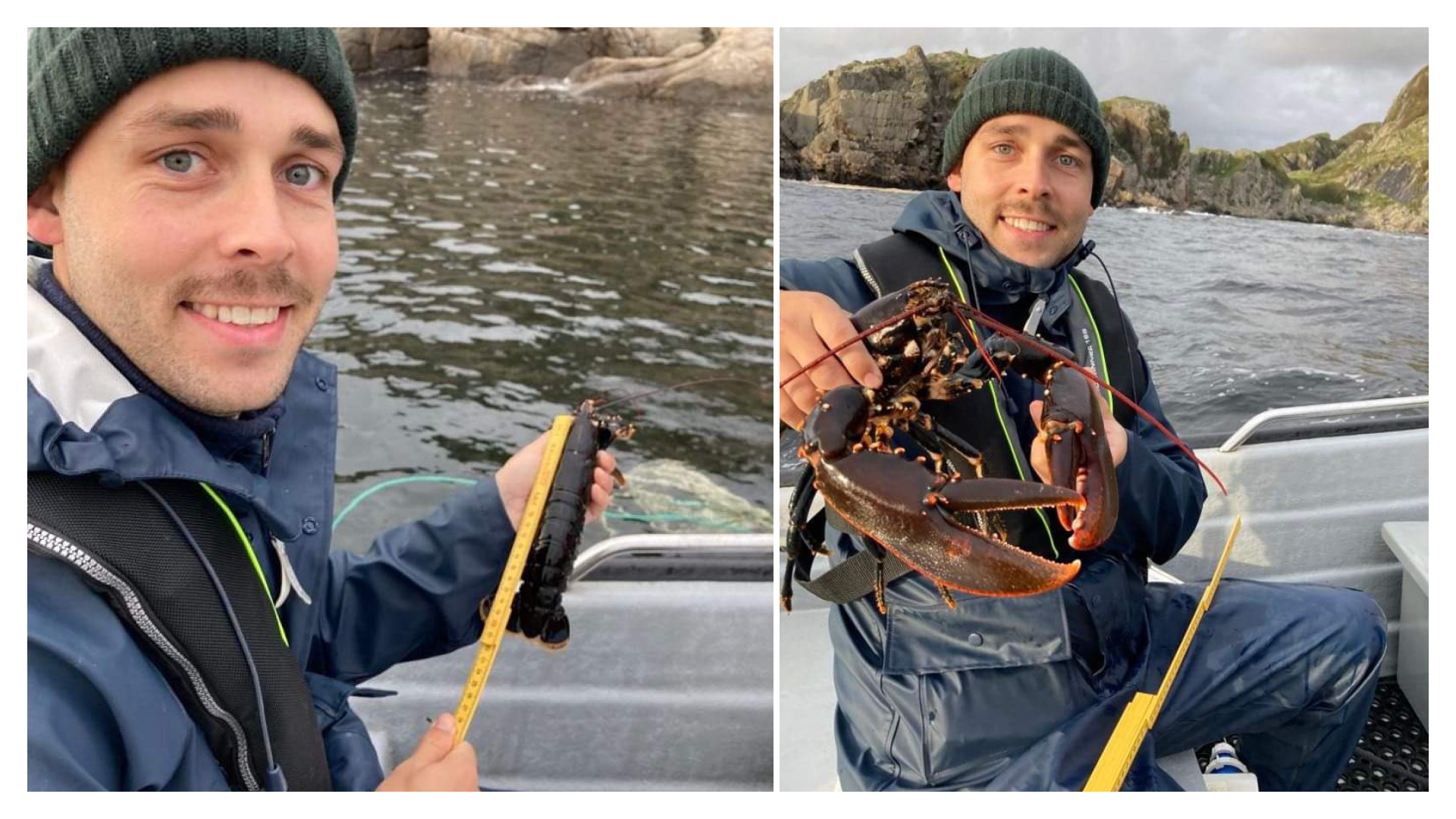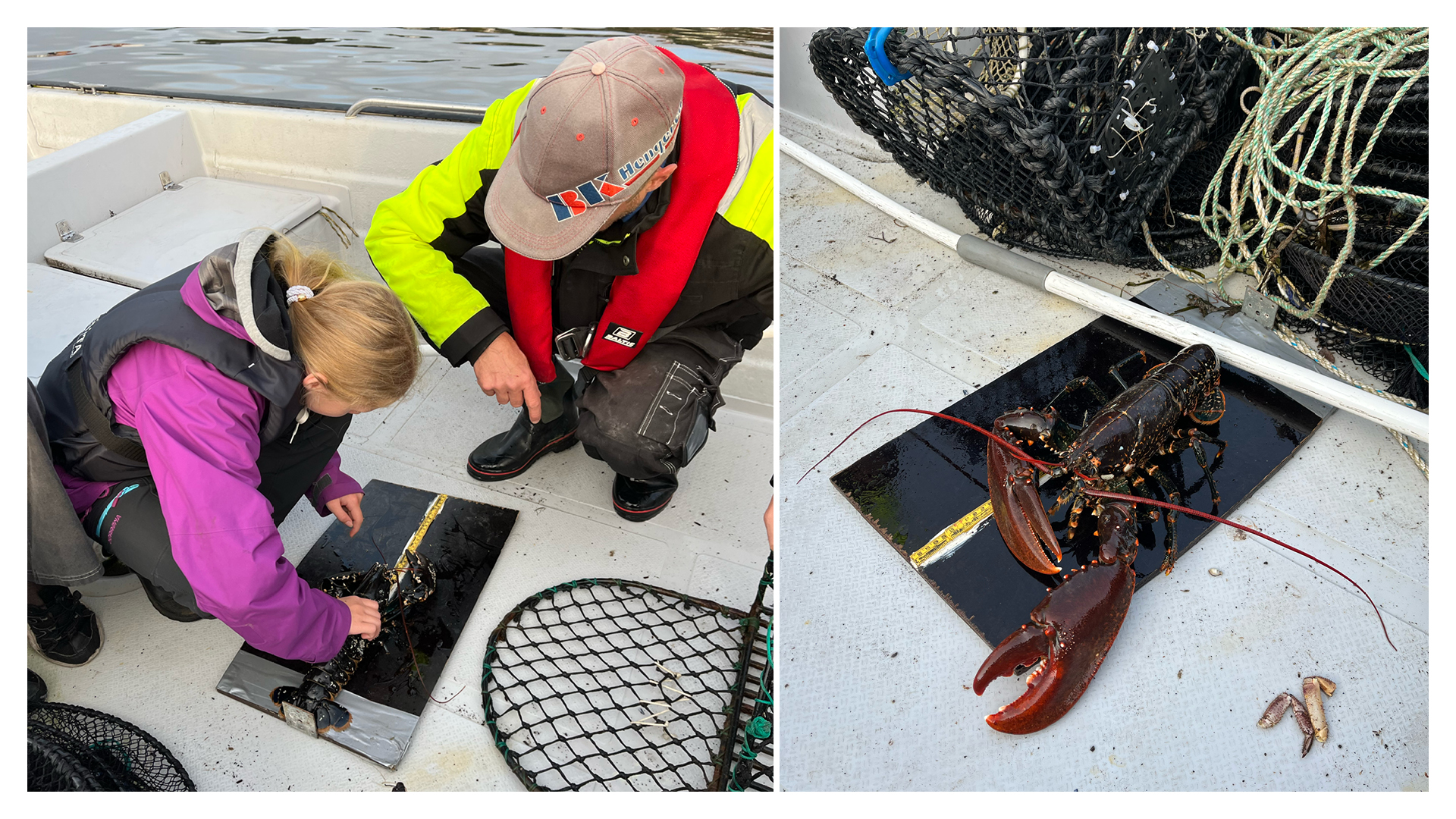Citizen scientists register larger and more lobsters in the protected areas

On average, the lobster density in the protected areas increased by 22 per cent per year. The photo was taken in Tvedestrandsfjorden.
Photo: Petter Torgan (private)Published: 25.06.2024 Updated: 23.07.2024
For several years, volunteer citizen scientists have followed similar mapping methods as marine scientists. With traps, they have fished lobster in both the conservation area and the reference area, measured and released the lobster again. This means that we now have more information about the protected areas for lobster.
Petter Torgan, a master's student at NTNU, has analyzed the effects of the lobster conservation areas based on solid data, which is the result of an enormous effort from countless enthusiasts over many years.

"Data collection through citizen science works well when measuring the effects of marine conservation on lobster. The lobster is both larger and more numerous in all protected areas compared to reference areas," he says.
"The volunteer citizen scientists deserve a real salute! There are a lot of talented people involved here.”
Large increase in lobster density
On average, the lobster density in the protected areas increased by 22 per cent per year.
"In comparison, there were no major changes outside the reference ranges," says Torgan. In the protected areas, lobsters increased by an average of 2.5 per cent each year. The average size of the males also increased faster than that of the females.
"This is most likely related to the fact that the females are already exposed to a lower catch pressure through the protection of lobster," Torgan continues.


